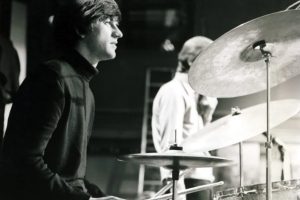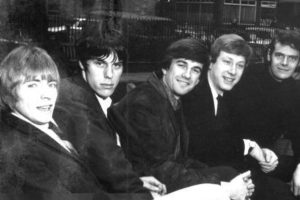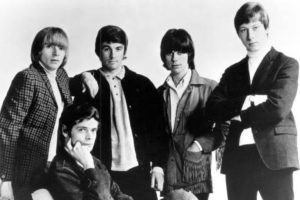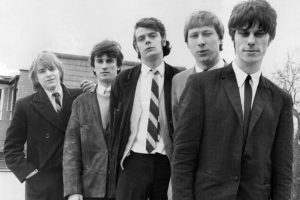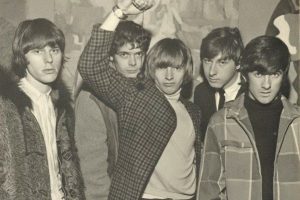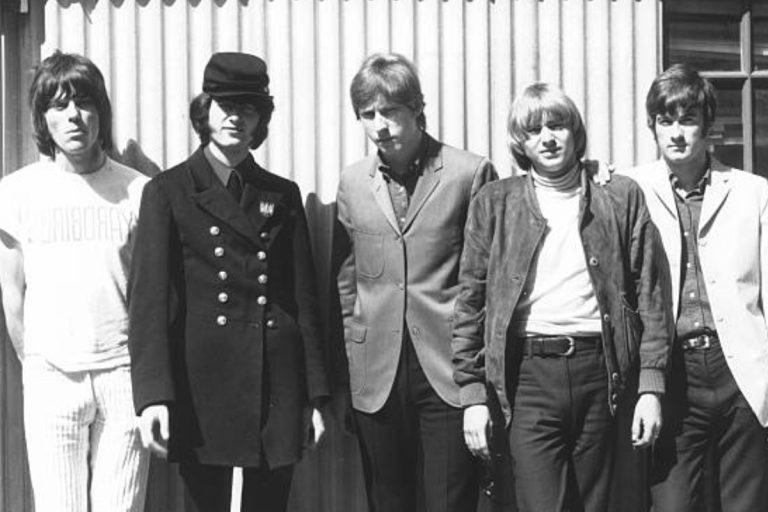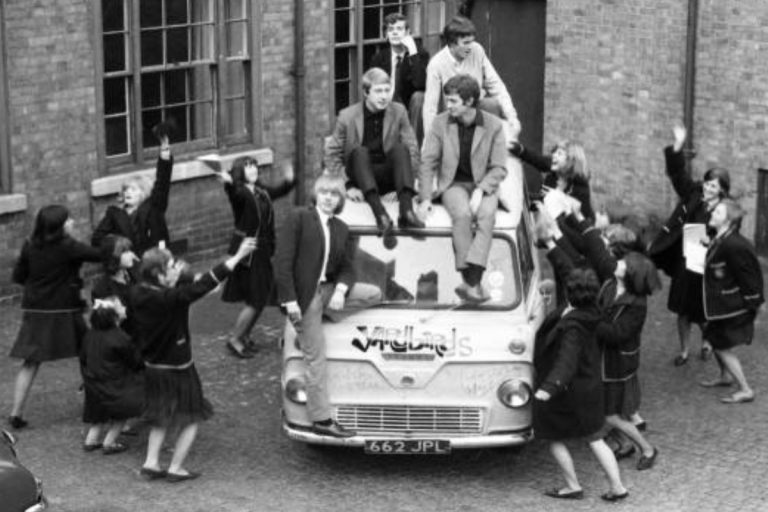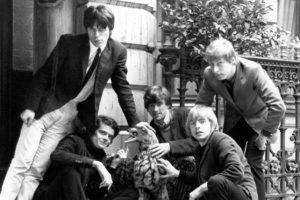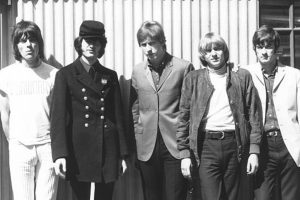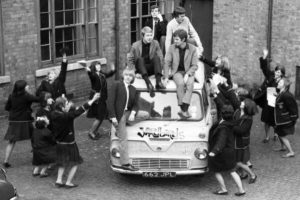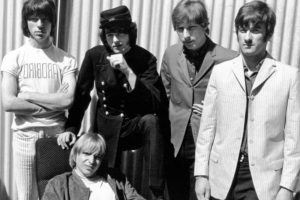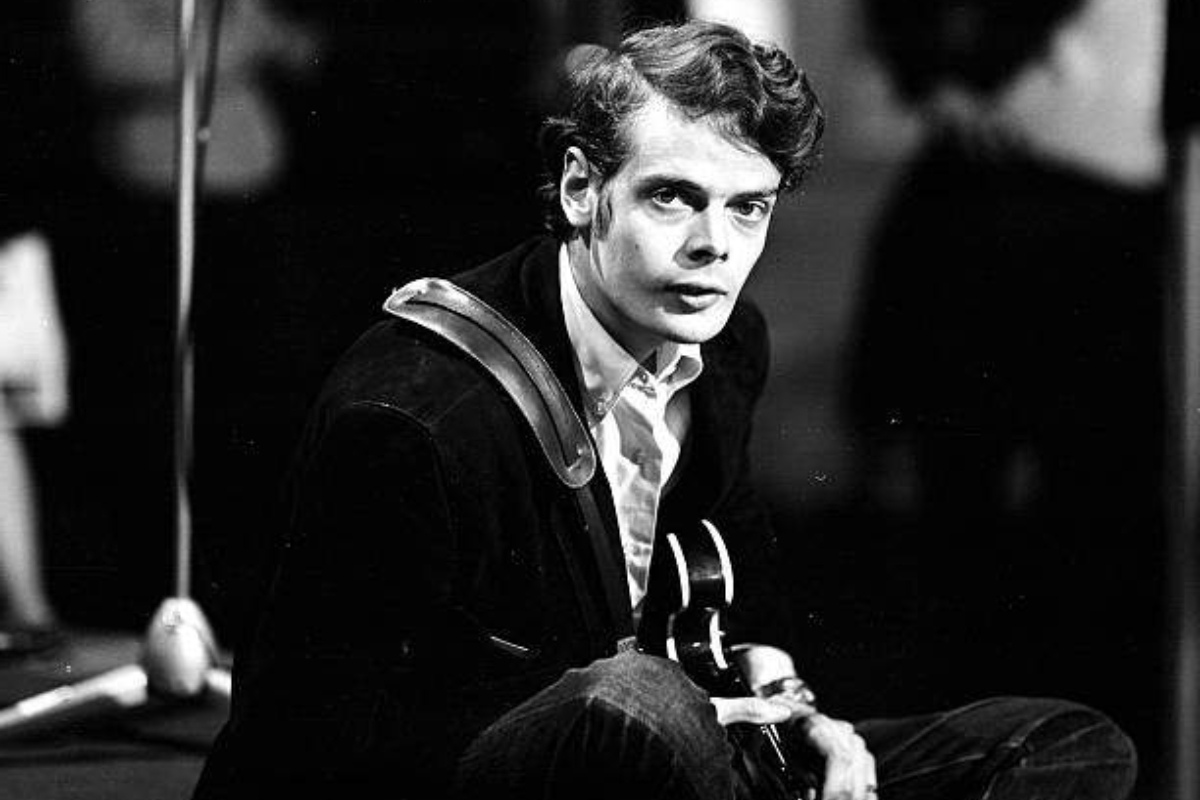
If there’s one thing that gives depth and weight to The Yardbirds’ music, it’s the bass lines of Paul Samwell-Smith. For classic rock fans—especially those who appreciate deep tones and groove—his contribution is something worth recognizing. While he may not be as well-known as guitarists Clapton, Beck, or Page, Paul’s style carries its own strength and artistry that continue to inspire musicians today.
What You’ll Learn from This Article
This article explores the style of Paul Samwell-Smith as the bassist of The Yardbirds and how his bass lines became an essential part of their signature sound.
- We’ll talk about his early influences and how he developed his unique style.
- We’ll show how his bass playing laid the foundation for The Yardbirds’ sound.
- We’ll analyze some of his most well-known bass lines and how he gave each song its character.
- We’ll also look at how he worked with the band’s three guitarists and adjusted to each era.
- We’ll discuss the connection between his work as a producer and his style as a bassist.
- And finally, we’ll explore how his contribution to music remains relevant today.
Who Is Paul Samwell-Smith?
Paul Samwell-Smith was one of the original members of The Yardbirds, an English band active in the mid-1960s. While most of the spotlight often goes to the band’s lead guitarists, Paul was the quiet force behind their solid sound. Aside from being a bassist, he also worked behind the scenes as a producer on many of the band’s recordings.
His playing style seamlessly blends rhythm and harmony, with an instinct for when to hold back or add something in. Born in 1943, he was part of The Yardbirds’ early experiments with blues rock and psychedelic music. Eventually, he left performing to focus on music production, but his influence in rock music never faded.
Early Influences and Paul Samwell-Smith’s Style
Before The Yardbirds rose to fame, Paul Samwell-Smith was already deeply influenced by blues and jazz. At a young age, he enjoyed listening to recordings by Ray Brown and Charles Mingus. Unlike other bassists who only focused on rhythm, Paul had a unique approach: every note told a story.
His style was never flashy or showy—subtle but impactful. Using simple patterns, he grounded each song while letting the melodies of other instruments shine. One of the most distinct things about his playing was his careful use of space—he wasn’t afraid to rest for a few beats if it served the groove better.
Shaping the Sound of The Yardbirds
In The Yardbirds’ history, much attention is given to the three iconic guitarists, but without Paul Samwell-Smith on bass, their sound wouldn’t have been as complete. As one of the band’s original members, he played a major role in shaping what came to be known as the “rave-up”—a style marked by sudden tempo shifts, simultaneous instrumental attacks, and controlled chaos.
His contributions shine in tracks like “Smokestack Lightning” and “Good Morning Little Schoolgirl.” Instead of sticking to simple root notes, Paul Samwell-Smith used walking bass lines and passing tones to enrich transitions. He wasn’t just background—he was a storyteller with a bass guitar.
A Closer Look at the Most Notable Bass Lines of Paul Samwell-Smith
To hear Paul Samwell-Smith’s brilliance, listen to “For Your Love.” It may sound simple at first, but his bass line adds tension and suspense as the chord progression loops. In “Heart Full of Soul,” the sitar-inspired guitar riff takes center stage, but the bass? Calm, deep, and exactly in tune with the mood of the song.
In “Shapes of Things,” his approach hits another level. He’s no longer just supporting in the background—his bass becomes a melodic instrument. He uses octave jumps and lines that almost sound like keyboard riffs. It shows how open he was to experimentation, even during a time when psychedelic rock was just emerging.
Working with The Yardbirds’ Three Legendary Guitarists
One of The Yardbirds’ unique aspects was having three legendary lead guitarists at different times. Eric Clapton was the first, rooted in pure blues. Paul, as bassist, adjusted to Clapton’s purist style. When Jeff Beck joined, the sound became more experimental, and Paul’s flexibility as a bassist really stood out. With Jimmy Page, the sound became heavier and more layered, yet Paul’s playing remained organized and solid.
He never got intimidated by their different styles. Instead, he always found ways to support the musical direction. Through every phase of The Yardbirds, Paul was the steady backbone that held everything together.
His Role as Producer and How It Shaped His Bass Playing
Many don’t know that Paul Samwell-Smith started producing while still in The Yardbirds. In fact, he helped run many of the band’s recording sessions. Being a producer is close to being a bassist—both roles require sensitivity to the balance of sound.
His studio experience further refined his bass lines. Rather than relying only on live dynamics, he considered how the bass would sound in playback. He knew how to leave space for other instruments while still keeping the bass present in the overall mix.
His Quiet Yet Powerful Contribution to the Evolution of Rock Bass
Though he’s not as famous as John Entwistle of The Who or Jack Bruce of Cream, Paul Samwell-Smith made a steady, lasting impact on rock bass. He was the kind of musician who prioritized the overall sound over personal spotlight. But to those who truly understand music, his style carries weight.
Some UK musicians in the ’70s cited Paul as an inspiration because of his unflashy but precise approach. In interviews, several artists expressed admiration for his deep grooves and tasteful playing. The bass lines of Paul Samwell-Smith might not be loud, but you definitely feel their effect.
Paul Samwell-Smith’s Influence in Modern Rock
Today, with genres ranging from indie to alt-rock, Paul Samwell-Smith’s influence is still present. Modern bands re-record his bass lines as a tribute. Many covers of Yardbirds songs now highlight the original bass parts to show their value.
In online forums and music education videos, his playing style is often discussed as an example of tasteful bass work. He’s not flashy, but creative. Not technical, but precise. A kind of musical thinking that’s timeless.
Why the Bass Lines of Paul Samwell-Smith Still Matter
Music isn’t just about lead guitar or vocals. Sometimes, a song’s strength lies beneath, in the notes you don’t notice but that hold everything together. That’s how Paul Samwell-Smith played. His bass lines weren’t meant to show off but to build emotion, weight, and soul into a song.
For those just starting to play or long-time Yardbirds fans, there’s a valuable lesson in Paul’s style: true skill often stays behind the scenes, quiet but strong. He reminds us that music isn’t a contest for attention, but a shared creation of sound that speaks to the heart.
